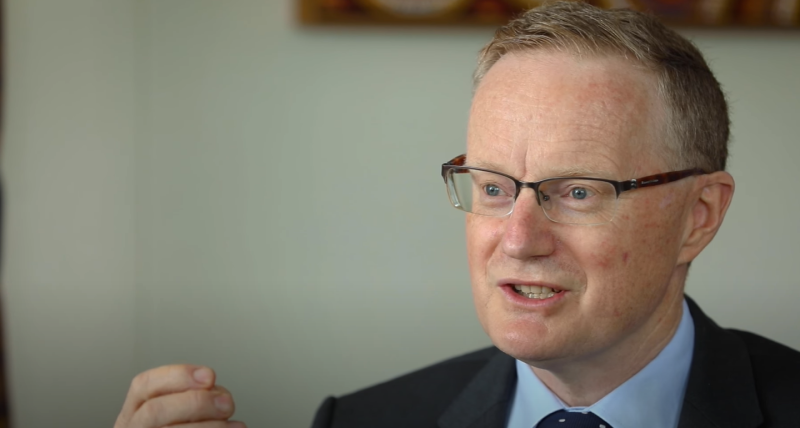- The RBA has consistently said that wage growth is needed to get inflation back to the target level
- Wage growth over the past year according to ABS and NAB statistics is still low
- Low wage growth means a prolonged period of low interest rates until at least 2023
- Low interest rates means the housing market will continue to boom - unless macroprudential tools are implemented
Due to the ultra-low interest rate environment and a raft of government stimulus, house prices have continued to surge across the nation.
But now there is a concern of housing affordability constraints with a runaway property market.
While rising house prices are great for investors and those who currently own a home, they are not so great for first home buyers wanting to get their foot in the door of the market.
The importance of wage growth
The Reserve Bank of Australia (RBA) has emphatically stated it does not target house prices, although this is an inevitable effect of low interest rates.
Their primary commitment (as stated in the Reserve Bank Act 1959) is to ensure stable prices and full employment.
And with this goal comes keeping a close eye on wage growth.
This is important because wages determine the tightness of the labour market. When there is strong wage growth, the labour market tends to become tighter.
This means that when an economy approaches full employment, businesses require more workers to keep up with the increasing demand for goods and services. However, under full employment, extra labour cannot be hired as easily due to the pool of workers being small.
When aggregate demand for labour increases, but the supply of workers remains where it is, this causes upward pressure on wages. What logically follows is when workers have more disposable income to purchase goods and services, this raises demand for those goods and services and therefore raises prices (feeding inflation).
The goal of the RBA is to reduce unemployment, increasing wage growth in order to get inflation back to its target level.
The simple relationship is unemployment ↓, wages ↑, consumer price inflation ↑.
RBA Governor, Philip Lowe has said wages growth will need to be 3% to 4% in order for inflation (consumer price inflation more specifically) to be lifted back to 2% to 3%.
With that in mind, let’s look at the current state of wages in Australia.
Australian Bureau of Statistics (ABS) latest data showed total wages have increased by 2.1% between the weeks ending 14 March 2020 and 27 March 2021.
NAB in their Australian Markets Weekly report says that by the end of 2023, the unemployment rate should be broadly around the non-accelerating inflation rate of unemployment (or in non-economics jargon, this is simply the level of unemployment that does not cause inflation to increase).
As a result, NAB predicts that wage growth will lift by 2.8% by the end of 2023, from its current annual pace of 1.4%. Given the experience overseas, however, wages may take a little longer to pick up.
With these predictions in place, it is expected interest rates will not be lifted until 2023 or 2024.
What does this mean for the property market?
As long as wage growth does not reach the target the RBA is aiming for, interest rates will stay low, and so they will not be used to tame the galloping property market.
With the current climate surrounding housing affordability, arguments from commentators of a housing bubble, and warnings of excessive borrowing, what will be done if the property market gets ‘too hot’?
As reported previously, both the Australian Prudential Regulation Authority (APRA) and the RBA are watching lending standards very closely.
Although it has been argued these interventions are “not necessary right now”, tightening lending standards to ensure things do not deteriorate may be a likely path.
These are called ‘macroprudential policies’, which are essentially tools used to restrict bank lending.
For example, if lending is tightened, this might mean you might only be allowed to borrow triple your current income for a deposit as opposed to six times. Another example could be that you must put down 20% on a house deposit instead of 10%. This limits the pool of people capable of participating in the housing market, cooling it down.
As reported on The Property Tribune, credit intervention would only be warranted if there is a material rise in metrics such as debt-to-income ratios, loan-to-income ratios, or high loan-to-value ratio (LVR) lending.
Despite each of these metrics rising in the final quarter of 2020, APRA is on the same wavelength as the RBA – lending standards remain “healthy enough” to keep any intervention at bay.
For now.





